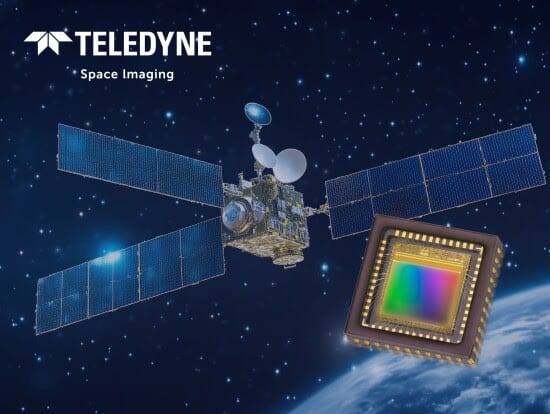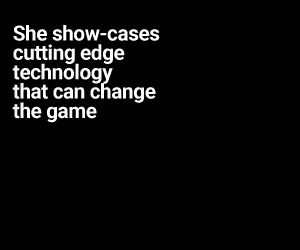Designed and qualified in Europe, these sensors meet the demands of space-readiness with serialized screening, radiation resilience, and flight model certification.

Teledyne Technologies Incorporated has introduced three new industrial CMOS image sensors, engineered for emerging space applications. These sensors—ranging from 1.3MP to 67MP—are manufactured and tested in Grenoble, France, and Seville, Spain, with space upscreening carried out at Teledyne e2v’s Grenoble facility. Targeted at the rapidly growing New Space market, the Upscreened Variants (USVs) are ideal for satellite payloads, star trackers, space suit cameras, lunar rovers, and situational awareness systems.
Unlike commercial off-the-shelf (COTS) sensors, which pose a higher risk in orbit, the USVs are rigorously tested for space-readiness. All three sensors undergo serialization, lot validation, and screening under either U1 (ESCC9020-like) or U3 (NASA Class 3 tailored) standards. They are tested for radiation resilience, including SEL, SEE, and SEFI effects. Advanced features such as multi-region ROI, HDR, and defective pixel correction are built in.
The new sensor lineup includes a 1.3MP global shutter model housed in a compact 12.7mm x 12.7mm CLCC package with a 5.3µm pixel pitch. Designed for star trackers and compact spaceborne cameras, this sensor supports both monochrome and color output while consuming less than 200mW of power—making it well-suited for missions where size, weight, and power (SWaP) constraints are critical.
A second option in the range is a 12MP sensor with 2.8µm pixels, optimized for high-contrast monitoring applications. It features ultra-low readout noise of under three electrons, ensuring excellent image quality even in challenging lighting conditions. This model also includes a region of interest (ROI) function that enables an 8.9MP imaging mode with smaller optics, helping reduce camera size. With both LVDS and MIPI outputs, it offers streamlined integration for space systems.
Rounding out the portfolio is a high-resolution 67MP sensor featuring an 8192 x 8192 global shutter array with one of the smallest pixel pitches on the market at 2.5µm. Capable of delivering up to 65 frames per second at 10-bit output, this sensor excels in Earth observation and space domain awareness applications. It delivers sharp, low-light imagery in both color and monochrome modes, making it suitable for a broad range of advanced imaging tasks in space environments.
“These sensors are delivered as flight models, complete with lot validation and radiation test reports,” says Céline Semécas, Product Marketing Manager at Teledyne e2v.








